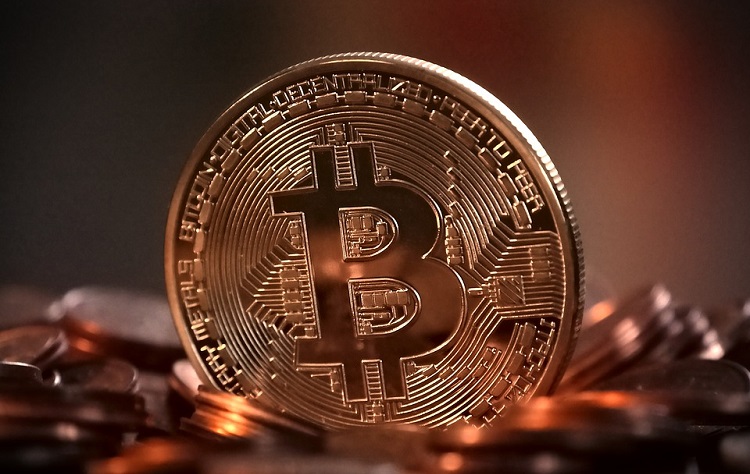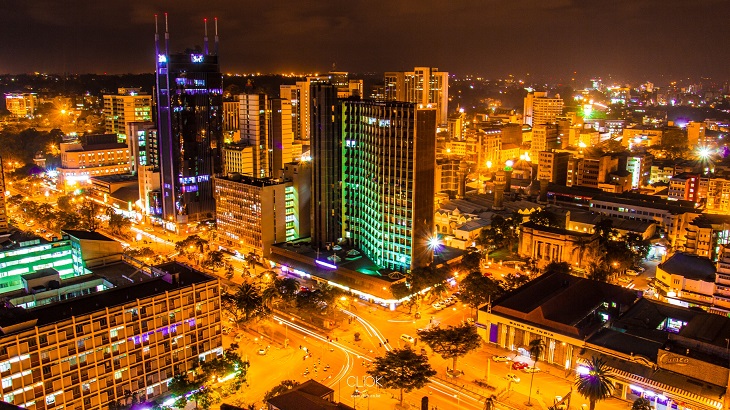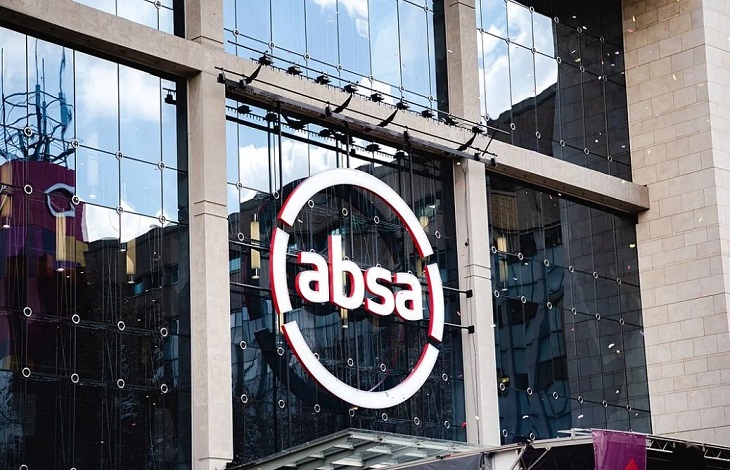Crypto exchanges have become the heart of the crypto ecosystem, they have succeeded in creating a network where millions of people can participate and reap the perks of financial inclusion.
Although, in light of recent happenings, there has been an increased sense of urgency for crypto market regulatory initiatives – some of which are already underway and are likely to be accelerated following the collapse of the crypto exchange, FTX. The priority of these regulatory initiatives will likely focus on the custody and protection of customers’ digital assets, transparency, and the reporting of reserves, assets, and liabilities.
This is why in a time of uncertainty and doubt, Binance – the world’s leading blockchain and cryptocurrency provider has recently taken active steps of its own to restore users’ confidence in the ecosystem. Below are some of the initiatives they have introduced to the community:
Topping Up SAFU to $1B: The Secure Asset Fund for Users (SAFU), established in 2018 is an emergency insurance fund that was set up to protect Binance users in extreme situations of loss and theft of their digital assets. Due to the recent market conditions, the fund originally valued at $1B fluctuated down to $735m earlier in the year; it has however been topped up to $1B. This insurance fund comprises BNB, BUSD, and BTC, and the funds are raised by allocating 10% of all trading fees accumulated on its platform in the case of emergency scenarios, giving Binance the ability to stay ahead of situations where users’ assets have been compromised.
Establishing the Industry Recovery Initiative (IRI): In a recent post, Binance explained that the initiative was set up with the aim of rebuilding the industry and protecting users. It also stated that it will devote $1 billion in initial commitments to the recovery fund which may be increased to $2 billion “if the need arises.” Binance stated that IRI is not an investment fund, but terms it a “co-investment opportunity for organizations eager to support the future of Web3.” In addition, other investment firms including Jump Crypto, Polygon Ventures, Aptos Labs, Animoca Brands, GSR, Kronos, and Brooker Group have enrolled and committed an initial aggregate of $50 million between them to participate in the initiative and Binance has already received 150 applications from companies seeking support.
Publishing its Proof of Reserves System (PoR): On Friday, 25th November, following the disclosure of its hot and cold wallet, Binance published its bitcoin pro0f-of-reserves (POR) system, utilizing the Merkle Tree approach – which gives users the ability to verify specific contents that were included within a particular set of “sealed” data. Users can verify their BTC asset balances and transactions held on the crypto exchange’s platform. Additionally, Binance has also highlighted its future plans for the POR list which include:
Launch the next batch of PoR, including additional assets in the next two weeks,
Involve third-party auditors to audit the PoR results.
Implement ZK-SNARKs for POR, improving privacy and robustness, and proving the total net balance (USD) of each user is non-negative. K-SNARKs are powerful tools that provide privacy and simplicity benefits to proof of reserves and liabilities. This is because Binance offers Margin and Loan services in certain countries, so audit results will show the Net Balance, Equity, and Debt of each user.
The crypto space is a rapidly evolving one and now more than ever, the crypto community demands more transparency from crypto exchanges. Collaborations such as the Industry Recovery Initiative need to be an integral part of all crypto exchange efforts for the ecosystem to have any chance of survival.












